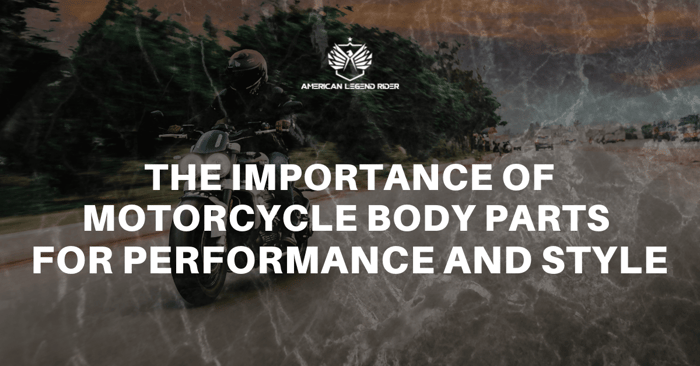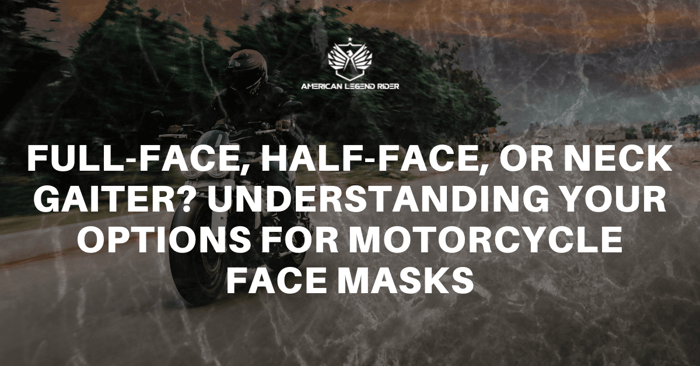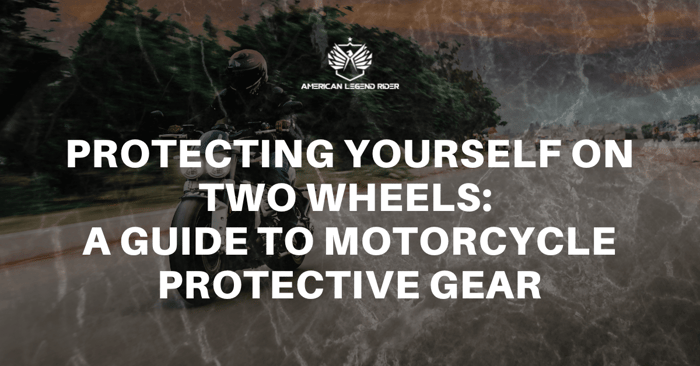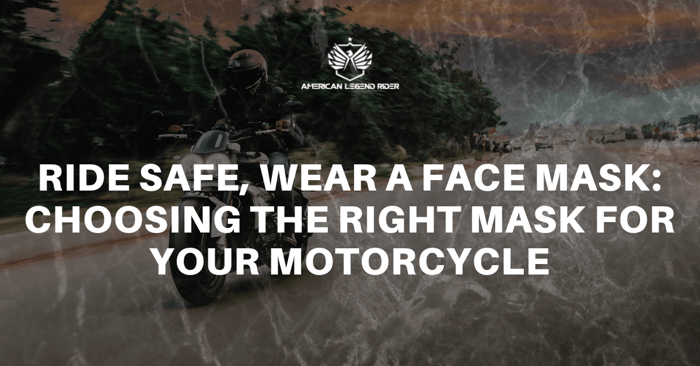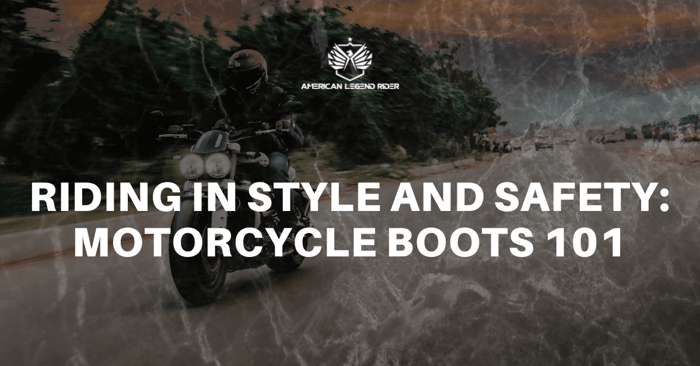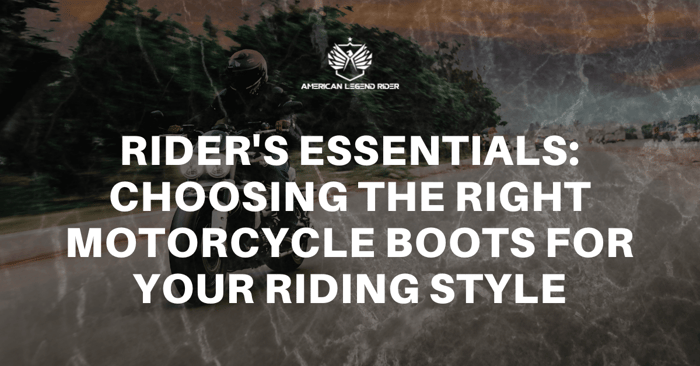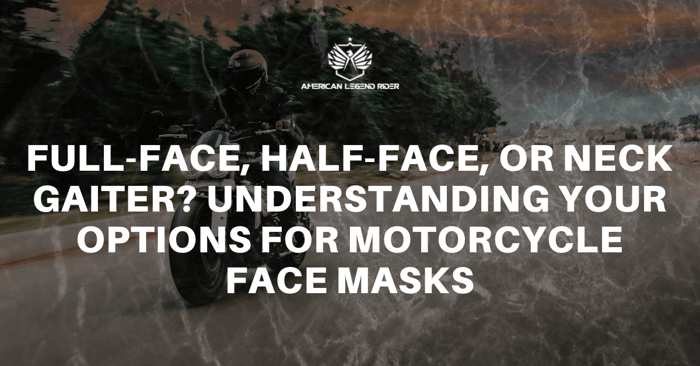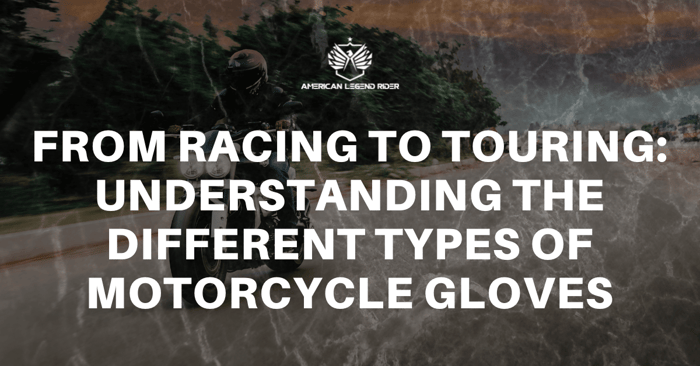A motorcycle is a complex machine made up of various components, including its body parts. The body parts play a crucial role in the overall functioning and performance of the motorcycle. The frame serves as the backbone of the motorcycle, holding all the other parts together and providing a rigid structure for the motorcycle. The fuel tank stores the gasoline that powers the engine, which converts fuel into energy to power the motorcycle. The seat provides a comfortable place for the rider to sit, while the handlebars provide a place for the rider to grip and steer the motorcycle. The footpegs provide a place for the rider to rest their feet while riding.
The exhaust system removes waste gases from the engine and muffles the engine noise, while the front and rear suspension help absorb shock and provide a smoother ride. The brakes slow down or stop the motorcycle, and the wheels provide a place for the motorcycle to roll and support the weight of the vehicle. The various body parts work together to ensure optimal performance, safety, and longevity of the motorcycle, and it's important for both riders and mechanics to understand their importance in order to properly maintain and repair the motorcycle.
Additionally, the appearance of the motorcycle is also greatly impacted by its body parts. From the design of the fuel tank to the style of the handlebars, the body parts play a significant role in giving a motorcycle its unique look and character. Some riders may even customize their motorcycle by replacing or adding different body parts to change its appearance. This is why it is important for riders to have a good understanding of the different motorcycle body parts, not only for performance and safety purposes, but also for the ability to personalize their motorcycle to suit their individual style. Whether it be for practical or aesthetic reasons, the body parts of a motorcycle are a crucial component in the overall riding experience.
Motorcycles are complex machines with many parts that work together to make them run. While all of these parts are important, some parts are crucial for the overall look and feel of the motorcycle, as well as its protection and performance. In this article, we will take a closer look at some of the most important motorcycle body parts.
Fairings
Fairings are plastic or fiberglass covers that are attached to the frame of the motorcycle. They serve several purposes, including protecting the rider from wind and debris, reducing aerodynamic drag, and improving the motorcycle's appearance. There are several types of fairings, including full fairings, which cover the entire front of the motorcycle, and half fairings, which only cover part of the front.
Fuel Tank
The fuel tank is a metal container that holds the gasoline used to power the motorcycle. It is typically made of steel or aluminum and is located between the seat and the engine. The fuel tank is an important part of the motorcycle's appearance and style, and it is often shaped and painted to match the rest of the motorcycle.
Fenders
Fenders are metal or plastic covers that are attached to the wheels of the motorcycle. They serve to protect the rider from mud, water, and debris that is kicked up by the wheels. Fenders are also important for the overall appearance of the motorcycle and come in a variety of styles and shapes to match the motorcycle's design.
Handlebars
Handlebars are the metal bars that the rider holds onto to steer the motorcycle. They are usually located above the front wheel and are attached to the motorcycle's frame. Handlebars come in a variety of styles, including straight bars, beach bars, and drag bars, and they play a crucial role in the rider's comfort and control of the motorcycle.
Seats
The seat is the place where the rider sits on the motorcycle. It is typically made of vinyl or leather and is attached to the frame of the motorcycle. Seats come in a variety of shapes and sizes to accommodate different riders, and they play an important role in the rider's comfort and control of the motorcycle.
In conclusion, the body parts of a motorcycle are essential for its protection, performance, and appearance. Fairings, fuel tanks, fenders, handlebars, and seats are just a few of the most important body parts, and choosing the right parts for your motorcycle can have a big impact on your riding experience. Whether you're a seasoned rider or just starting out, it's important to understand the role that each part plays in your motorcycle's overall performance and appearance.
Windshields
Windshields are a type of fairing that are located at the front of the motorcycle, above the handlebars. They are made of plastic or glass and serve to protect the rider from wind, rain, and other elements. Windshields also help to reduce wind resistance and improve aerodynamics, making the ride more comfortable for the rider. They come in a variety of shapes and sizes to accommodate different riding styles and preferences.
Footpegs
Footpegs are small metal plates that the rider places their feet on while riding the motorcycle. They are usually located near the bottom of the motorcycle frame, near the rear wheel. Footpegs are important for the rider's comfort and control of the motorcycle, and they come in a variety of shapes and styles to suit different riding styles and preferences.
Side Panels
Side panels are plastic or fiberglass covers that are located on the sides of the motorcycle, between the engine and the fuel tank. They serve to protect the engine from debris and to improve the motorcycle's appearance. Side panels come in a variety of styles and shapes to match the rest of the motorcycle's design.
Exhaust System
The exhaust system is a series of pipes that are attached to the engine and lead to the tailpipe. The purpose of the exhaust system is to remove the gases that are produced during the combustion process. The exhaust system also plays a role in the motorcycle's performance and sound, and it is often upgraded for improved performance and appearance.
Lights
Lights are a crucial part of any motorcycle, providing visibility to other drivers and making it easier to see the road ahead. Lights include headlamps, tail lights, turn signals, and brake lights. They are usually powered by the motorcycle's electrical system and are an important safety feature for all riders.
In conclusion, motorcycle body parts play a crucial role in the overall performance, protection, and appearance of the motorcycle. Whether you are looking to upgrade your existing motorcycle or building a custom one from scratch, understanding the different types of body parts and their functions is an important step in ensuring that your motorcycle meets your needs and expectations. Whether you are a casual rider or a serious enthusiast, taking care of your motorcycle's body parts is essential for keeping it running smoothly and looking great for years to come.
Engine Guards
Engine guards are metal frames that are attached to the frame of the motorcycle, surrounding the engine. They serve to protect the engine from damage in case of a crash or accidental impact. Engine guards also provide extra stability to the motorcycle and can be used to mount additional accessories, such as highway pegs for long-distance riding.
Saddlebags
Saddlebags are large, detachable bags that are mounted on the sides of the motorcycle, near the rear wheel. They are used for storage and provide a convenient way to carry gear and other essentials on long rides. Saddlebags come in a variety of sizes, styles, and materials to match the motorcycle's design and the rider's needs.
Crash Bars
Crash bars are metal frames that are attached to the motorcycle frame, surrounding the rider. They serve to protect the rider in case of a crash or accidental impact. Crash bars also provide extra stability to the motorcycle and can be used to mount additional accessories, such as highway pegs or auxiliary lights.
Skid Plates
Skid plates are metal or plastic plates that are attached to the bottom of the motorcycle frame, surrounding the engine and other vulnerable parts. They serve to protect the motorcycle from damage in case of a crash or accidental impact. Skid plates are especially important for off-road riders, who face a greater risk of hitting rocks, stumps, and other obstacles on the trail.
Mirrors
Mirrors are an important safety feature on any motorcycle, allowing the rider to see what is behind them and make informed decisions when changing lanes or merging with traffic. Mirrors are attached to the handlebars and come in a variety of styles and shapes to match the motorcycle's design and the rider's needs.
Motorcycle body parts play a crucial role in the overall safety, performance, and appearance of the motorcycle. Whether you're a casual rider or a serious enthusiast, it's important to understand the different types of body parts and their functions, and to choose the right parts for your motorcycle. Regular maintenance and care of your motorcycle's body parts can help to ensure that it runs smoothly and looks great for years to come.
Tank Pads
Tank pads are small, protective pads that are attached to the fuel tank of the motorcycle. They serve to protect the fuel tank from scratches, dents, and other types of damage, and also provide a grip surface for the rider's knees. Tank pads come in a variety of materials, including rubber, gel, and vinyl, and can be customized to match the motorcycle's design.
Grips
Grips are soft, rubber handles that are attached to the handlebars of the motorcycle. They provide a comfortable and secure grip for the rider's hands, and also help to absorb vibrations and shocks from the road. Grips come in a variety of materials, including foam, rubber, and gel, and can be customized to match the motorcycle's design.
Fork Boots
Fork boots are protective covers that are attached to the fork tubes of the motorcycle, surrounding the front suspension. They serve to protect the fork tubes from dust, dirt, and other debris, and also provide a visual upgrade to the motorcycle. Fork boots come in a variety of materials, including plastic and leather, and can be customized to match the motorcycle's design.
Swingarm Spools
Swingarm spools are small, metal adapters that are attached to the swingarm of the motorcycle. They serve as anchor points for a motorcycle stand, making it easier to lift the motorcycle and perform maintenance. Swingarm spools also provide a visual upgrade to the motorcycle, and come in a variety of styles and sizes to match the motorcycle's design.
Stomp Pads
Stomp pads are small, adhesive pads that are attached to the footpegs of the motorcycle. They provide a grip surface for the rider's boots and make it easier to find the footpegs in wet or slippery conditions. Stomp pads come in a variety of shapes and materials, including rubber and adhesive foam, and can be customized to match the motorcycle's design.
In conclusion, motorcycle body parts play a crucial role in the overall performance, protection, and appearance of the motorcycle. Whether you're a casual rider or a serious enthusiast, choosing the right body parts for your motorcycle can help to ensure that it runs smoothly and looks great for years to come. Regular maintenance and care of your motorcycle's body parts is also important, as it helps to ensure their longevity and functionality. Whether you're looking to upgrade your existing motorcycle or build a custom one from scratch, understanding the different types of motorcycle body parts is an important step in the process.
Moreover, proper maintenance and repair of the motorcycle body parts is crucial to ensure the longevity and reliability of the motorcycle. Regular inspection and cleaning of the various components, such as the fuel tank and exhaust system, can prevent potential problems from developing into bigger and more costly repairs.
Replacing worn or damaged body parts, such as brakes or suspension components, can also greatly improve the safety and performance of the motorcycle. In addition, using high-quality replacement parts that meet the manufacturer's specifications can help ensure that the motorcycle continues to perform at its best. By taking the time to understand and properly maintain the motorcycle body parts, riders can enjoy a safe, reliable, and enjoyable riding experience for years to come.
Additionally, it's also important to note that different types of motorcycles may have unique body parts that are specific to their design and purpose. For example, a sport motorcycle may have a different frame design and lighter-weight body parts to improve its performance and handling, while a touring motorcycle may have larger fuel tanks and more comfortable seating for longer rides. Understanding the specific body parts of a particular motorcycle model can help riders make informed decisions about maintenance and repairs, as well as assist in choosing the right replacement parts when needed. In conclusion, motorcycle body parts are an essential aspect of the overall motorcycle experience, and understanding their importance, functions, and maintenance requirements is key to ensuring a safe and enjoyable ride.
Furthermore, it's also important to consider the legal requirements for motorcycle body parts. In many regions, there are regulations in place regarding the specifications and safety standards of motorcycle body parts. For example, there may be restrictions on the type of exhaust system that can be used or the minimum size of the fuel tank.
Failure to comply with these regulations can result in fines, penalties, or even impoundment of the motorcycle. This is why it's important for riders to familiarize themselves with the local laws and regulations regarding motorcycle body parts and to make sure that their motorcycle is in compliance with these standards. By adhering to these regulations, riders can help ensure their own safety and the safety of others on the road, as well as avoid any potential legal consequences.
In conclusion, motorcycle body parts are a crucial aspect of the overall motorcycle experience, playing a vital role in the performance, safety, appearance, and legality of the motorcycle. Understanding the different parts, their functions, and their maintenance requirements is essential for riders and mechanics alike, and can help ensure a safe, reliable, and enjoyable riding experience for years to come.
Motorcycle body parts are made from a variety of materials to ensure durability, strength, and aesthetic appeal. The frame of a motorcycle is typically made from steel, aluminum, or a combination of both. Steel is a strong and durable material that provides a good balance between weight and strength. Aluminum is lighter than steel, making it an ideal material for performance motorcycles, but it is also more expensive and less durable in the long term. Carbon fiber is another popular material used in motorcycle frames due to its lightweight, high strength, and resistance to corrosion.
The body panels of a motorcycle are usually made from plastic or fiberglass. Plastic is a popular choice for its lightweight and low cost, but it is not as durable as fiberglass. Fiberglass is a stronger material that is more resistant to impacts, but it is also more expensive and can be difficult to work with. Some high-end motorcycles use carbon fiber for the body panels due to its lightweight and strength.
The wheels of a motorcycle are usually made from aluminum or a magnesium alloy. Aluminum is a lightweight and strong material that is ideal for motorcycle wheels, but it is also relatively expensive. Magnesium is a lighter material than aluminum, making it an ideal choice for high-performance motorcycles, but it is also more expensive and more prone to corrosion.
The suspension components of a motorcycle are typically made from steel or aluminum. Steel provides a good balance between weight and strength, but it is also heavier than aluminum. Aluminum is lighter and more expensive than steel, making it an ideal choice for performance motorcycles.
The materials used in motorcycle body parts are chosen based on a combination of factors, including strength, durability, weight, and cost. The choice of material will depend on the type of motorcycle and its intended use, as well as the manufacturer's preference and budget.
In addition to the materials mentioned earlier, there are other materials that are commonly used in motorcycle body parts, such as chrome, stainless steel, and titanium. Chrome is a popular material for aesthetic purposes, providing a shiny, reflective finish that is often used on the handlebars, exhaust pipes, and other visible parts of a motorcycle. Stainless steel is a strong, corrosion-resistant material that is often used for the exhaust system, engine components, and fasteners. Titanium is a lightweight and strong material that is often used in high-performance motorcycles due to its ability to withstand high temperatures and corrosive environments.
Other materials that are sometimes used in motorcycle body parts include rubber, leather, and foam. Rubber is used for its durability and ability to absorb shock, and it is often used in the grips, footpegs, and other parts that are subject to wear and tear. Leather is used for its soft, supple texture and its ability to withstand wear and tear, and it is often used in the seat, saddlebags, and other parts that come into contact with the rider. Foam is used for its ability to absorb shock and its lightweight, and it is often used in the seat and other parts where comfort is a priority.
In conclusion, there are many materials that are used in motorcycle body parts, each with its own unique properties and characteristics. The choice of material will depend on the part's intended use, the manufacturer's preference, and the budget. The goal is to choose a material that provides the desired combination of strength, durability, weight, and cost.
Motorcycle body parts play a crucial role in the overall functioning and safety of a motorcycle. They provide protection for the rider and improve the overall aesthetic of the vehicle. A motorcycle's frame acts as the backbone of the vehicle, providing support for the engine and other parts. The fuel tank is responsible for storing and transporting fuel to the engine. The fairings and windshields protect the rider from wind and debris while riding, as well as improving the aerodynamics of the motorcycle. The seat is designed to provide comfort and support to the rider, especially during long rides. The footpegs and handlebars control the balance and steering of the motorcycle. The lights and signals are crucial for communication with other drivers on the road and ensuring visibility during nighttime or inclement weather conditions.
Regular maintenance and replacement of damaged body parts are necessary to ensure the safety and longevity of the motorcycle. In conclusion, motorcycle body parts are essential components that contribute to the overall performance, safety, and appearance of a motorcycle.
